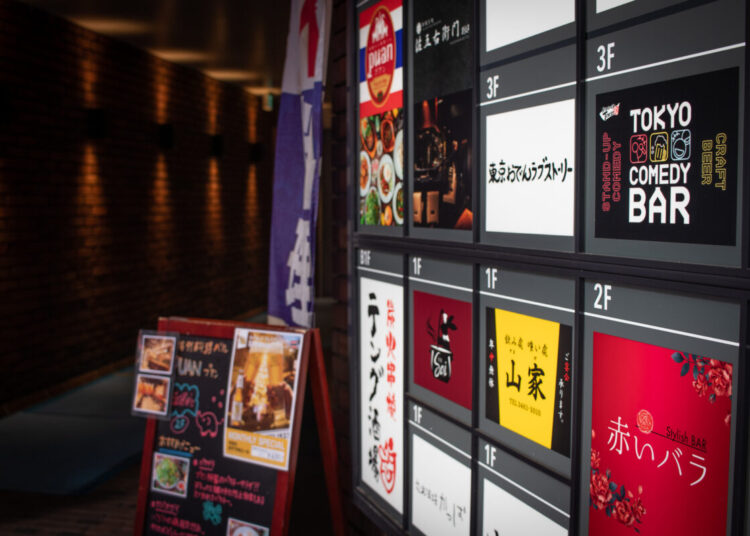In 2019, through means hitherto unclear, a coronavirus made the zoonotic jump into humans in the vicinity of a wet market in Wuhan, China. Shortly afterward, the ill-fated Diamond Princess cruise ship became one of the earliest flashpoints of the pandemic, where the ship became docked indefinitely in Yokohama harbor with hundreds of sickened passengers and crew stuck onboard. A couple of years later, the trials and tribulations of a worldwide pandemic still keep the cultural zeitgeist of Japan awake at night. As of May 2022, only foreigners on business, education, and diplomatic missions may enter Japan from abroad, as well as family members of Japanese residents. With promises of tourism being tentatively reopened in June, Akihabara and Asakusa may soon be abuzz with foreigners once again. If you’re thinking of coming here in the Summer, here’s what you can expect. This is my travel guide to Japan in the Covid era.
Note: All of the info information in this travel guide is written with the updated March/April restrictions in mind. How much of this will be carried over into June is unclear at this point.
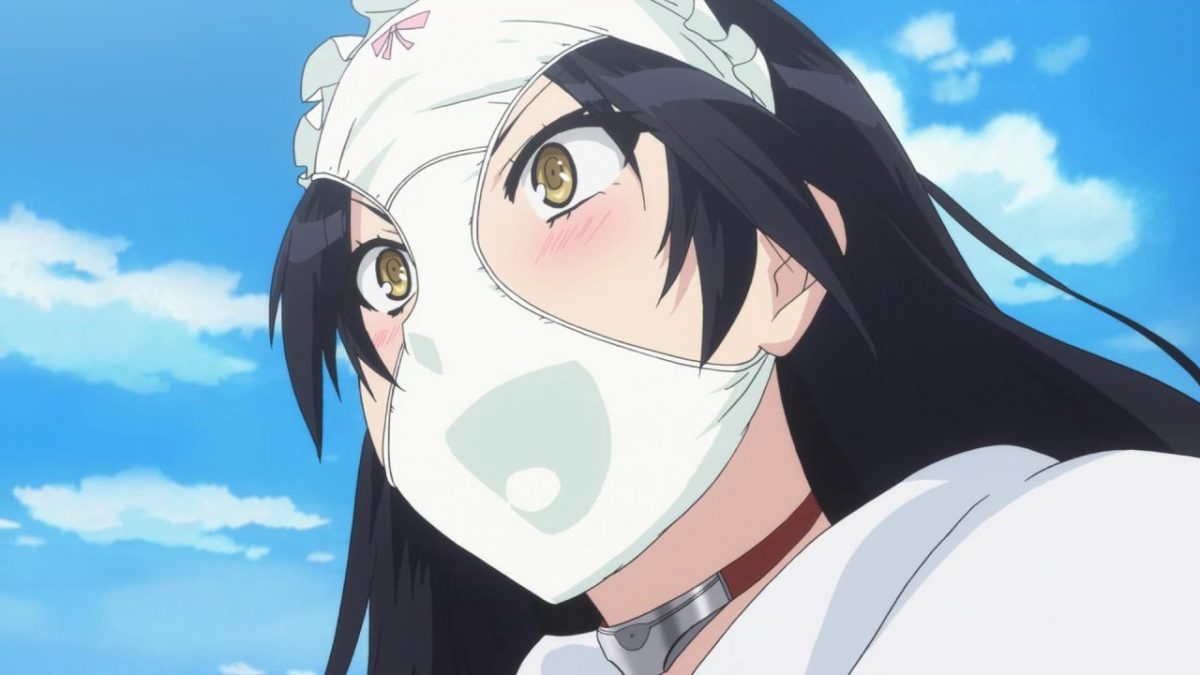
Be Up-to-Date on Vaccinations
This includes receiving a booster shot, bringing the total number of inoculations of approved vaccines to three. With three jabs, you won’t have to quarantine at all after arrival, as mentioned in Peter’s Golden Week article. For Americans, the CDC-issued vaccination card is essential, and for Europeans, your NHS card or Covid vaccine certificate is necessary for entry. Keep these documents in a safe place, and keep them on your person at all times while traveling. For physical cards, take a photo of the front and back in case you lose it.
If you have only two doses of a vaccine, you will have to quarantine, possibly at your own expense, for three days. After the third day and an additional negative test result, you’ll be cast free from your shackles to eat all the ramen and tonkatsu curry you want.
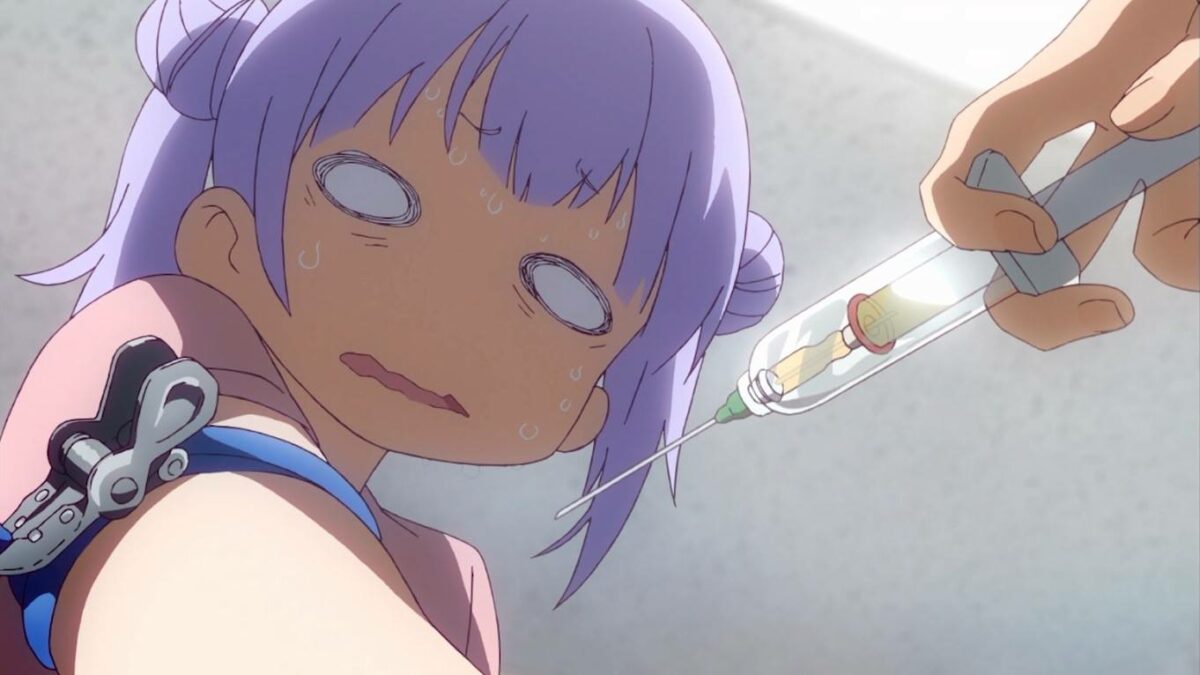
Prepare Your Documents
I truly hate paperwork (and trust me, I just wanted to start seeing some cast-off figures in Akiba as much as the next guy), but if you’re planning on coming here, you’re going to have to get your clerical duties in order. Print out and bring the “Written Pledge,” a weighty document that says you’ll obey the government’s rules on covid prevention, or face deportation or being publicly shamed. Yeah, it sounds a little Orwellian. Sign it, keep it with you, present it at customs, and then forget about it.
Bring a negative RT-PCR test result with you, received within 72 hours of departing your final airport before arriving in Japan. To clarify, if you have to take a domestic flight from a local airport to a hub like Chicago O’Hare or JFK, the covid test must still be valid before you depart from O’Hare or JFK to Japan. If your covid test is valid at the time of your domestic departure, but your domestic travels push you past the 72nd hour, you might be in trouble.
By the way, it must be an RT-PCR, not just a regular old PCR. I always thought that the “RT” stood for “rapid test,” but it’s actually “reverse transcription.” Print out and bring the certificate from the Japanese Ministry of Health, Labour, and Welfare’s website to your test site and have the doctor sign and date it.
Download the MySOS app on your phone. This one isn’t voluntary, either. It’s buggy and it definitely doesn’t work as intended, but you’ll need to present it anyway. It’s also a good idea to have a hotel or other residence pre-booked before arrival.
Keep all your documents with you, do not put them in your checked baggage.
Arrival in Japan
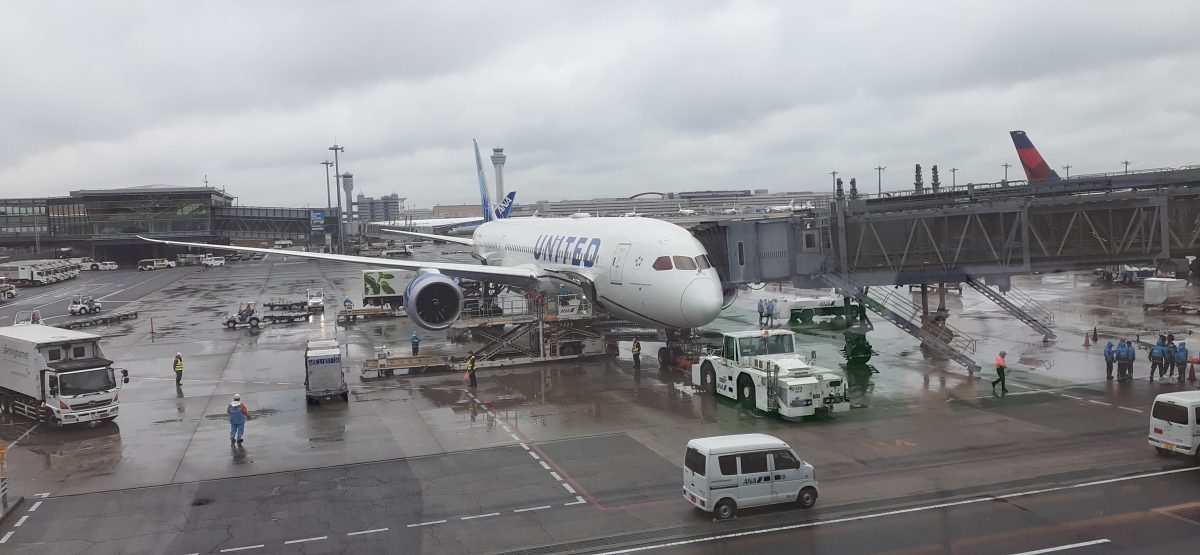
So you’ve arrived in Japan. Thirteen hours of flight time in a noisy cabin in an uncomfortable seat really wears you down. You may be ready for your head to hit a pillow at the nearest hotel, but there are still some hurdles to get over.
Haneda airport took a whole concourse and retrofitted it into a facility for international arrivals. It’s all very easy to navigate, with queues and arrows pointing you to which desk you need to approach. The Japanese airport girls will assist you every step of the way: filling out more paperwork, having you spit into a vial for your covid test, and navigating you through a labyrinthian network of checkpoints and queue lines. Once your number is called and you get your negative test, then you can go to customs! Word of advice: drink a lot of water on the flight. Not only do you get dehydrated on lengthy flights, but you need to provide enough saliva to fill the vial up to a certain level. Otherwise, the cute airport girls will tell you “Mou chotto dake, onegaishimasu!” A little more, please!
Stop getting weird ideas, I know some minds are going to strange places already.
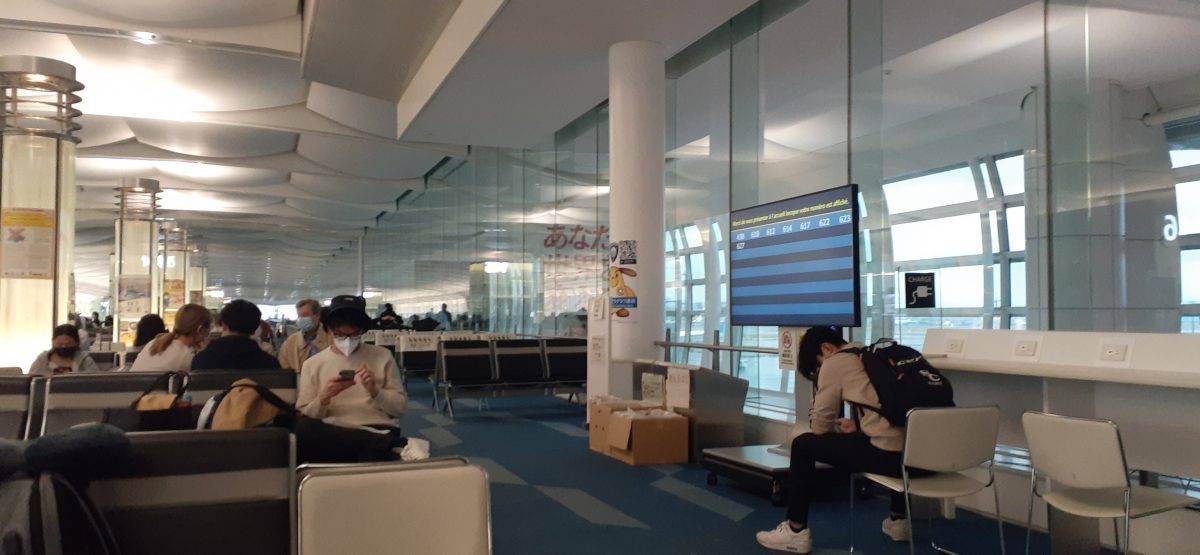
From disembarking to grabbing my suitcases at the carousel, the process took two hours, but I’ve heard that Narita’s processes can take up to 7 lovely hours. If you thought Japan was mask-happy before covid, wait until you get a load of 2022 Japan. Prove the anti-foreigner sentiments wrong by keeping the mask on as much as you can.
For those of you eagerly anticipating border reopenings, I’ll be waiting here to crack open some Strong Zeros with you when you arrive. I hope the travel guide helps, and I hope to see you soon.
Here are some of the documents mentioned in this travel guide:
Sources: Timeout


